Old Barnyard Hollyhock Mix
$11.00
Genus:Alcea
Species:rosea
Variety:Old Barnyard Mix
Item Form:1-Quart
Zone:3 – 9
Bloom Start to End:Early Summer – Mid Summer
Habit:Upright
Height:4 ft – 6 ft
Width:24 in;Bloom Size:3 in – 5 in,California,Idaho,Oregon,Washington,Nevada,Texas,Utah
Dug out of an old Vermont barnyard many years ago and carefully crossed and re-crossed for bigger, bolder blooms (and to eliminate rust, the enemy of Hollyhocks everywhere), this delightful Old Barnyard Hollyhock Mix captures the joy of the old-fashioned cottage garden. These blooms look like Grandma’s might have: single-flowered in dark, rich colors you just can’t find in today’s newer varieties.
Each bloom is 3 to 5 inches wide, with a bold yellow center and an absolutely dazzling color—brights and pastels as well as deep jewel tones. They arise most heavily in early summer on thick, sturdy 4- to 6-foot stems, attracting hummingbirds by the dozen. It is especially attractive to Checkered Skippers and the Common Hairstreak, acting as a host plant where they lay their eggs. In the north, the blooms may well continue all season. Stake Old Barnyard Hollyhock Mix to support the long, bloom-filled stalks, or let them lean against a building or other support. (In the olden days, Hollyhocks were traditionally grown against the sunny side of the barn, where they flourished in all the manure and muck.)
Be sure to leave the last blooms on the plant even after the petals fall, for they will do your reseeding for you, and you’ll be rewarded with plenty of new plants come spring.
Space Old Barnyard Hollyhock plants 2 feet apart in sun to part shade in fertile, moist soil. Hollyhocks like a good feed, so you might want to top-dress with cow manure (home cooking to the Old Barnyard Mix) to really get them growing. They are not long-lived, so let the new plants come up each spring to be assured of plentiful, ever-increasing color.
| Weight | 1 kg |
|---|---|
| Dimensions | 1 × 1 × 1 cm |
Shipping Time
Shipping is an additional 15-35 business days depending on location. Shipping time will be provided at checkout.
Returns
If seeds fail to leave China, we will refund your payment 100%. But if seeds fail to reach you due to customs problem on your side which we were not informed in advance, we will not be able to bear any loss, and no refund will be made.
We sell only viable plants seeds online, and test germination of our seeds from time to time. So we will not be able to refund for seeds that clients fail to germinate, unless we are convinced that it's truly problem of our seeds.
———
Please send us an email: [email protected] and be as detailed as possible while filling in the information.
After submission, We will reply to you within 24 hours. Please be patient.
———
CHARGEBACKS & DISPUTES
Please contact us by email before opening a merchant chargeback or payment dispute, as we can generally resolve the issue before that takes place. Any chargebacks and disputes disable our ability to issue refunds or credits due to funds being frozen.
———
REFUND, EXCHANGE AND RETURN
Customers have the right to request a refund/ return/ exchange within 14 days from the delivery date. Our Customer Service team will offer the best solutions for specific situations.

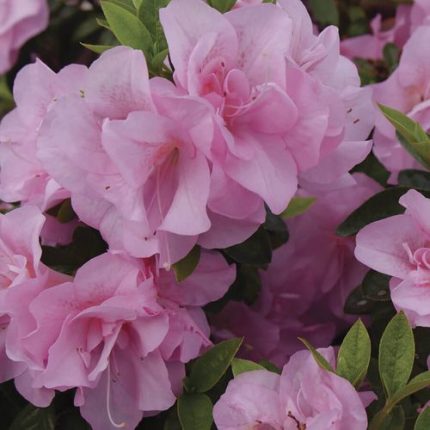
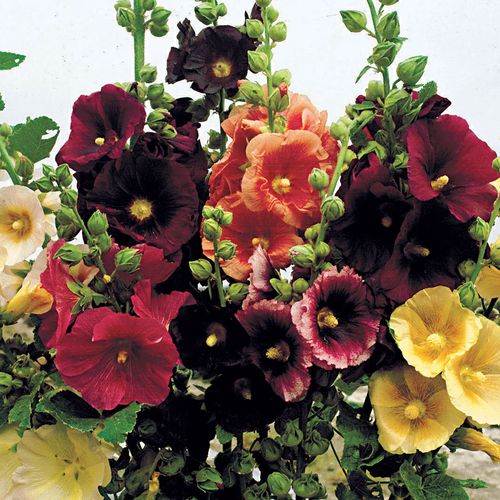
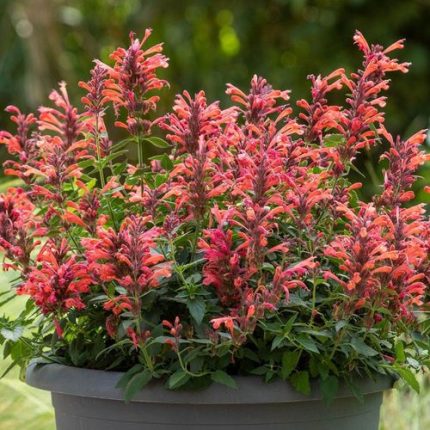

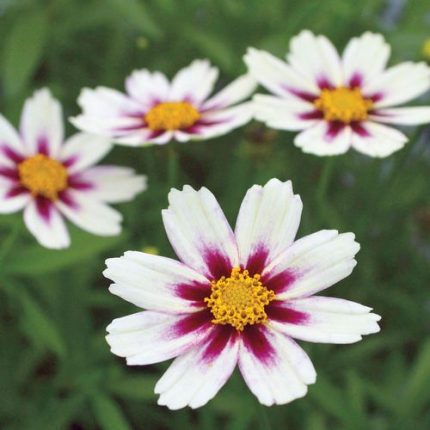
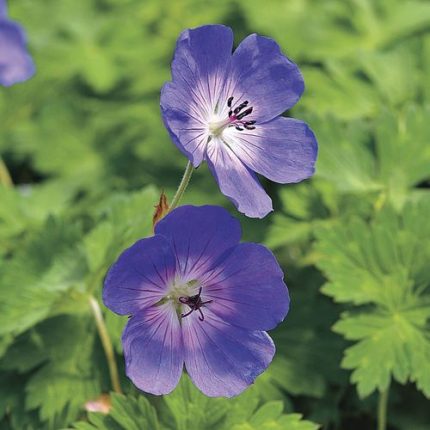
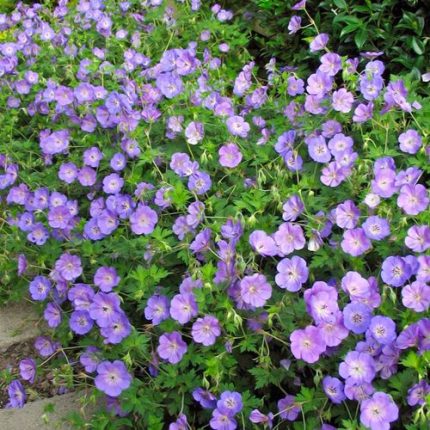
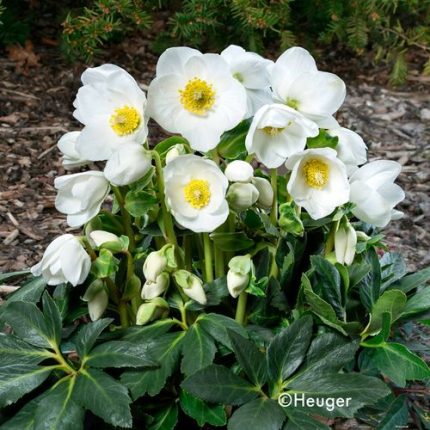
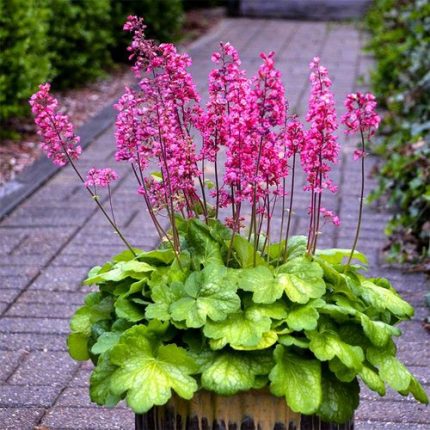
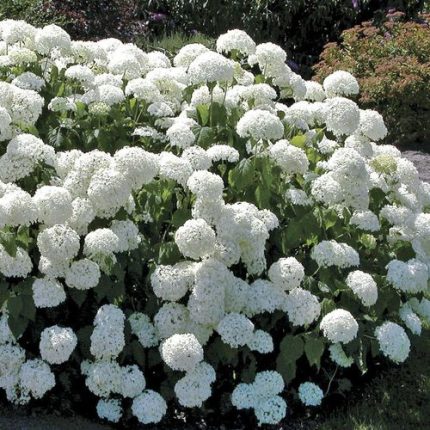
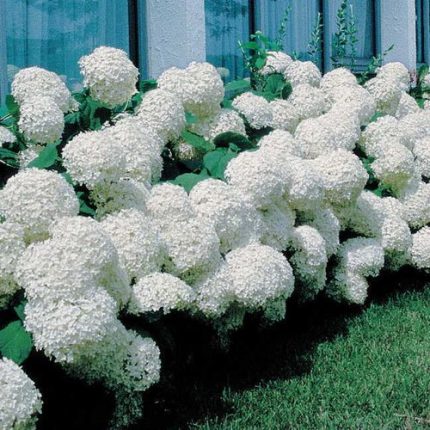
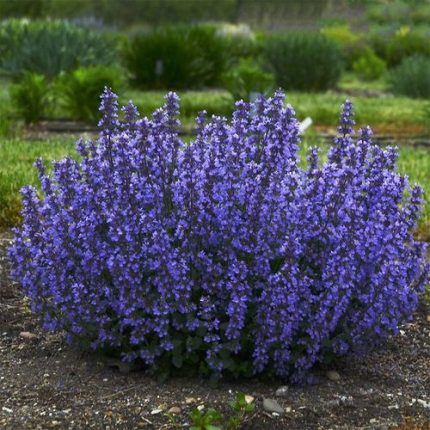
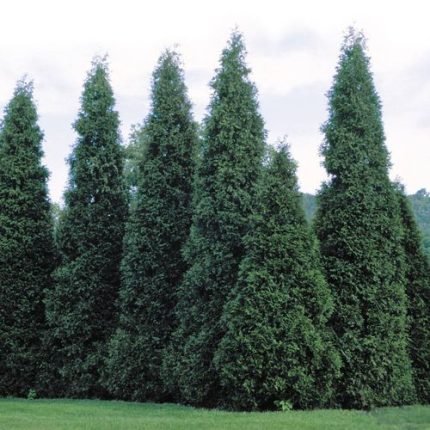
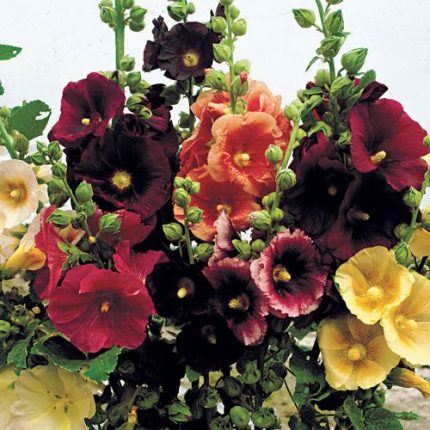
Reviews
There are no reviews yet.